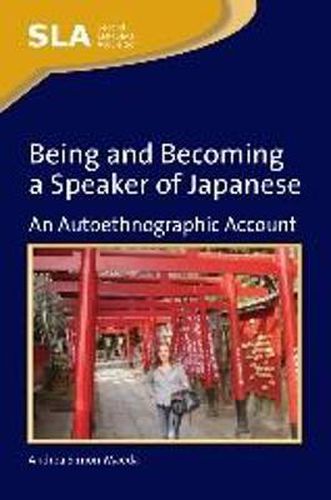Readings Newsletter
Become a Readings Member to make your shopping experience even easier.
Sign in or sign up for free!
You’re not far away from qualifying for FREE standard shipping within Australia
You’ve qualified for FREE standard shipping within Australia
The cart is loading…






This autoethnographic account of the author’s Japanese as a second language learning trajectory is an important and unique addition to diary studies in SLA and applied linguistics qualitative research circles. In-depth ethnographic details and introspective commentary are skilfully interwoven throughout Simon-Maeda’s narrative of her experiences as an American expatriate who arrived in Japan in 1975 - the starting point of her being and becoming a speaker of Japanese. The book joins the recent surge in postmodernist, interdisciplinary approaches to examining language acquisition, and readers are presented with a highly convincing case for using autoethnography to better understand sociolinguistic complexities that are unamenable to quantification of isolated variables. The comprehensive literature review and wide ranging references provide a valuable source of information for researchers, educators, and graduate students concerned with current issues in SLA/applied linguistics, bi/multilingualism, and Japanese as a second language.
$9.00 standard shipping within Australia
FREE standard shipping within Australia for orders over $100.00
Express & International shipping calculated at checkout
This autoethnographic account of the author’s Japanese as a second language learning trajectory is an important and unique addition to diary studies in SLA and applied linguistics qualitative research circles. In-depth ethnographic details and introspective commentary are skilfully interwoven throughout Simon-Maeda’s narrative of her experiences as an American expatriate who arrived in Japan in 1975 - the starting point of her being and becoming a speaker of Japanese. The book joins the recent surge in postmodernist, interdisciplinary approaches to examining language acquisition, and readers are presented with a highly convincing case for using autoethnography to better understand sociolinguistic complexities that are unamenable to quantification of isolated variables. The comprehensive literature review and wide ranging references provide a valuable source of information for researchers, educators, and graduate students concerned with current issues in SLA/applied linguistics, bi/multilingualism, and Japanese as a second language.